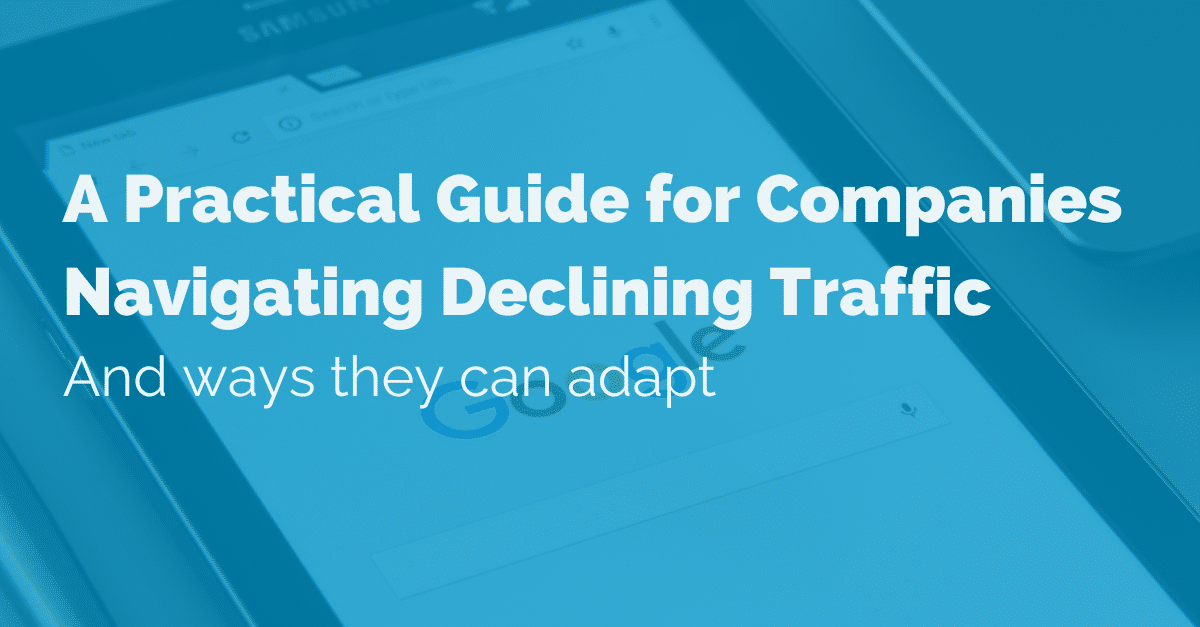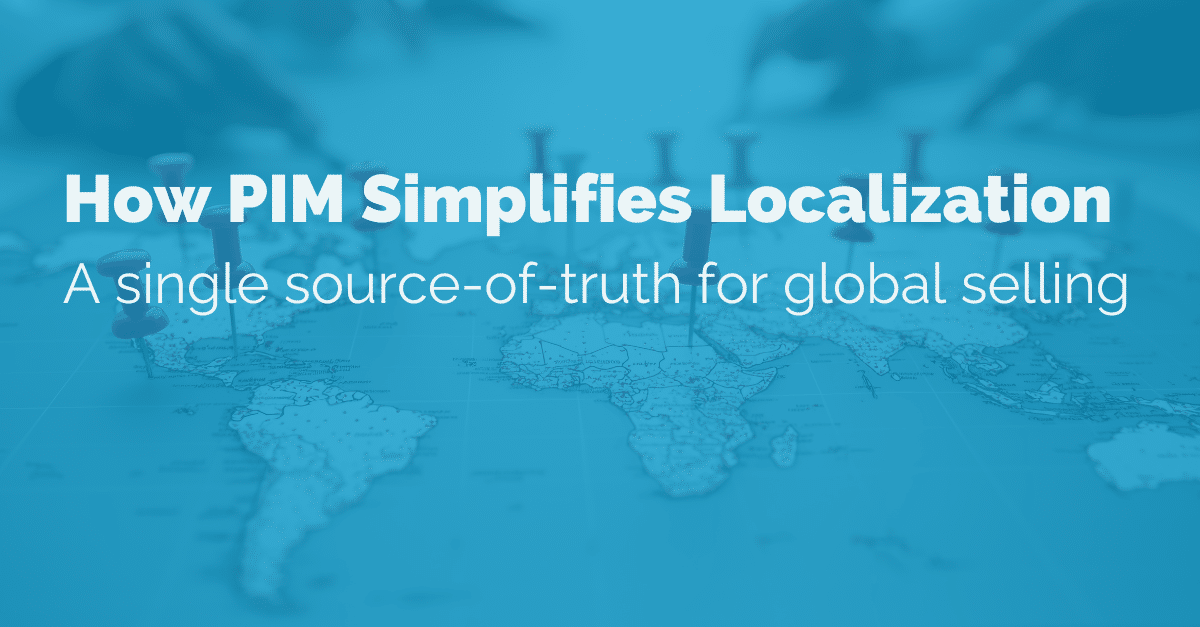What Is Product Data Governance?
To efficiently manage the various aspects of an enterprise’s data, it is crucial to have a program to do so. Product Data Governance means to do just that as it is integrated into the product information management (PIM) system to overlook the roles and assignments necessary for the most crucial of processes.
PIM data management definition is going to be different for every enterprise. This is because everyone has different requirements regarding data usability, security, integrity, and availability. These can be adjusted as per the policies and internal standards governing the usage of the data. It is also important to maintain data consistency so there is no improper usage of the data, ensuring trustworthiness throughout the enterprise and the user base.
Dimensions
Product dimensions for every company vary as well, which is why eCommerce businesses that want to optimize their product offerings and listings should go for product data governance that meets their needs. With the amount of data growing continuously, it is increasingly important to ensure data privacy regulations. This is where robust product data governance comes into play to allow for informed strategic decisions and enhance operations.
What Is the Role of the Data Governance Council?
Inadequate data governance can lead to numerous issues and problems throughout your enterprise. This is why it is crucial to have a competent data governance council that ensures that your PIM data governance is running optimally and securely. They are the stewards of the data of an organization, ensuring that the data for the products remain uncorrupted.
To assemble the data governance council, you’ll need a group of different players to handle the PIM software. Each member will have their specific role, ensuring that every major decision taken has the full backing of all the members. This will allow the processes across the enterprise to be adhered to without question.
How Does Product Governance Work?
Product governance is managed by the data governance council, who also keeps the product data audits under supervision, while also supervising the data taxonomy per the principles of the organization. If there are any changes required in the PIM data by the product managers, they will have to go through the data governance council. They can provide access to data so the product managers can make any necessary changes across the organization.

Data management addresses and prevents any discrepancies that may arise across the customer service, logistics, and sales systems. This way there are no operational challenges across the enterprise and its various departments. Any form of data discrepancy can hinder successful data integration, resulting in problems arising for important data science applications, enterprise reporting, and business intelligence.
Product governance works to make sure that the business analytics are as accurate as possible without any data errors.
These data errors can go uncorrected if they remain unnoticed without proper oversight by the data governance council. There is no room for lackluster data governance operations as this can greatly hinder regulatory obligations and compliance.
From small to medium to large enterprises, this can be a huge challenge especially as they deal with protection and privacy laws around the world.
PIM Data Management Examples
There are many product governance examples that include digital asset management functionalities ranging from cloud-based platforms to stand-alone solutions. Digital assets related to product management include assets such as:
- Product Documentation:
An integral part of the PIM solution includes product manuals with up-close and detailed images and diagrams on how to set up and use a product to perform certain tasks. This documentation needs to be accurate and simple for the user to understand as any inaccuracies and poor quality may damage the manufacturer’s reputation and frustrate the customer.
- Product Pictures:
A picture speaks a thousand words as it can make or break your product. Having high-quality images can ensure that the product is showcased in the best way possible. These images can be used in product catalogs, printed materials, and presentations.
- Product Videos:
To give a more detailed information and walkaround your product, videos can help customers, partners, employees and users better understand said product and any related troubleshoots. Having videos from low to high quality ensures that it is available to all bandwidth users.
PIM Data Governance
In this day and age, keeping your digital assets secured and coherent across all platforms is key to an enterprise’s success. This is especially true when it comes to product information management PIM.
PIM systems should work according to the product and business model including the management processes. For instance, if a business has different products for manufacturing, marketing, and sales, the security of the PIM system will be a top priority. On the other hand, if an eCommerce business wants to utilize a PIM governance system to manage its product data, the scalability of the system will be the top requirement.
Before you select a PIM system, it is important to take note of the product, the business processes, and what the priorities are. It is then that the business can draw up a product information management system with the right data and search for a PIM system that closely matches these requirements.
PIM data governance includes the following product information to ensure an engaging customer experience:
- Name
- Specifications
- Description
- Pricing
- Customer Care Information
- Warranty Information
- Testimonials/Case Studies
- Compliance Information (Safety, Health, and the Environmental Impact)
Providing such detailed information about the product increases the employee’s knowledge, enabling them to help the customer better. It also allows the customer to gather the necessary information on their own to make an informed decision.
Product Data Governance
With the combination of virtually massive storage and high levels of computing power, data governance has become far more efficient. A variety of data can sometimes overwhelm IT teams and businesses, which is a chance for them to upgrade their current product data governance systems so they can give themselves a competitive edge.
You can adapt to new data governance cultures by hiring individuals with various skill sets, or you can train your current internal team to enhance their skills regarding data governance.
It’s important to know how much data you have to govern and keep your data governance policies up to date.
Bottom line
In this guide, we have covered what is PIM for data governance, how it works, and its importance in ensuring the smooth functionality of an enterprise organization. PIM data governance efficiently manages the various aspects of an enterprise’s data, it is crucial to have a data governance council to keep check on the various aspects of the system.
Visit Pimberly‘s website to learn more about how a PIM can greatly assist with product data governance.

















